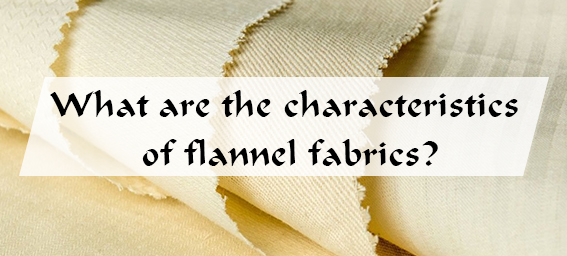What are the characteristics of flannel fabrics?

Flannel (Flano, Flannel) is a loanword, a soft and suede (cotton) wool fabric woven with carded (cotton) wool yarn. It was created in Wales, England in the 18th century. Domestically, it generally refers to a woolen (cotton) wool fabric woven with mixed-color carded (cotton) wool yarn, which has a layer of plump and fine pile covering, does not show texture, feels soft and flat, and has a body bone that is better than wheat Erden is slightly thinner.
Main Feature
The flannel has a simple and elegant color. It can be divided into light gray, medium gray and dark gray. It is suitable for making spring and autumn men's and women's tops and trousers. The flannel has a high weight, fine and dense pile, thick fabric, high cost, and warmth retention. it is good.
The flannel surface is covered with a layer of plump and clean fluff, no texture, soft and smooth, and the body bone is slightly thinner than Melton. After milling and raising, the hand feel is full and the suede is fine.
The Real Function
Flannel is suitable for making trousers, tops, children's clothing, etc., and thin ones can also be used as fabrics for shirts and skirts. The raw material is 64 fine wool, and the warp and weft use more than 12 metric carded wool yarn. The fabric has plain weave and twill weave. After milling and raising, it has a full hand feeling and fine suede. The fabric weighs about 260-320 g/m2, and the thin type is about 220 g/m2. It is mostly dyed with loose fibers, mainly black and white mixed with different shades of gray or milky white, light coffee and other colors. There are also piece dyed plain colors, slivers, and grids. Flannel is also made of combed wool yarn or cotton yarn as warp and carded wool yarn as weft. Carded wool yarn is sometimes spun with a small amount of cotton or viscose.
